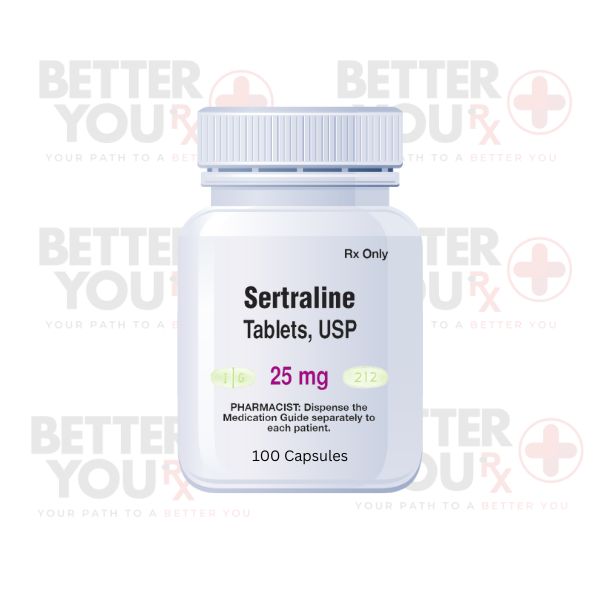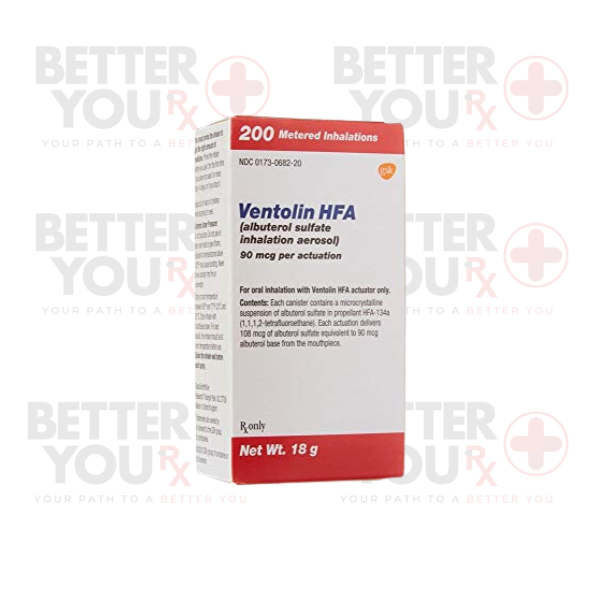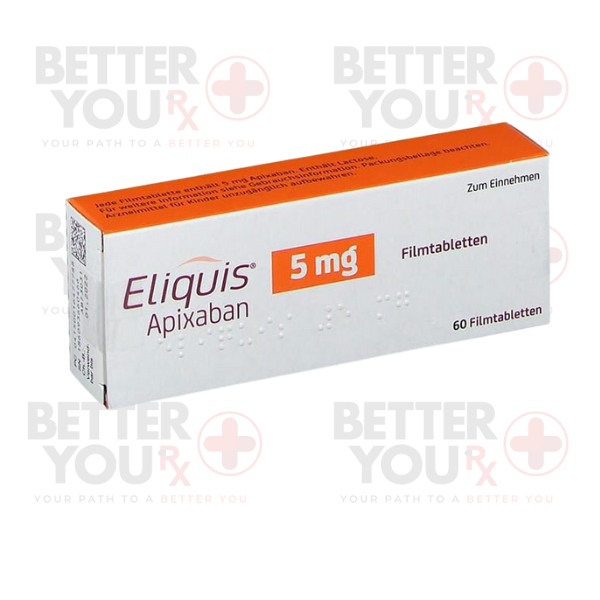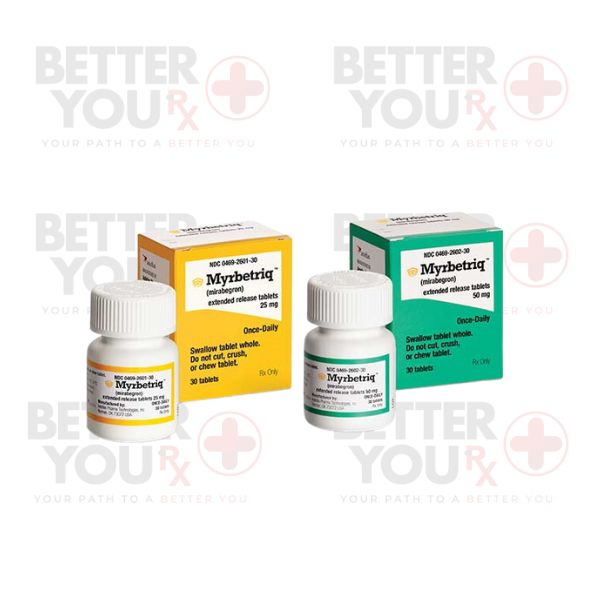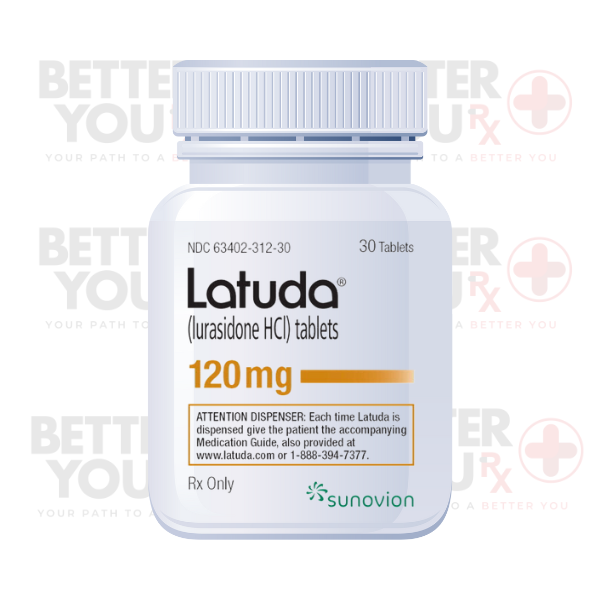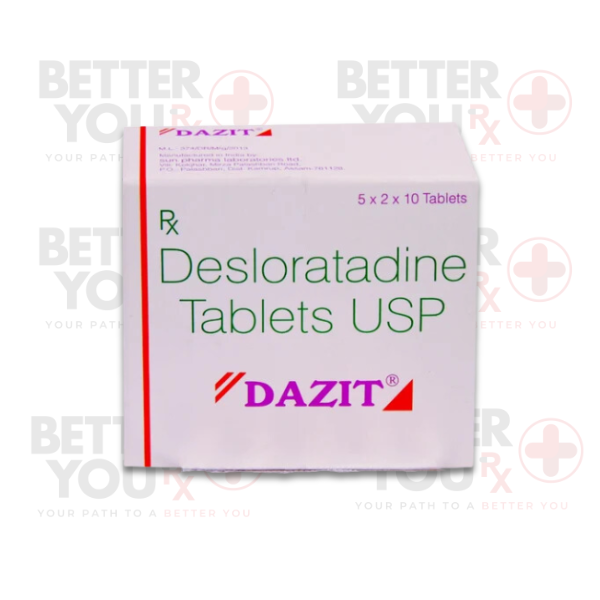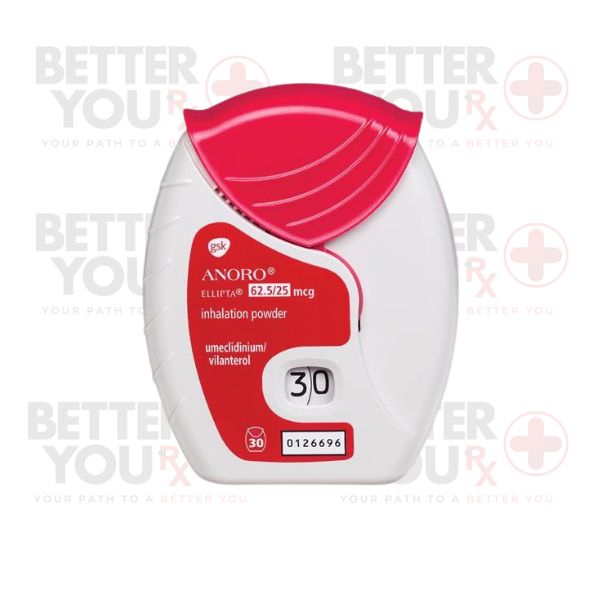SAVE 10% OFF First Order With Coupon Code: happyhealth
Buy Sertraline from Canada
$37.99 – $64.99
Sertraline is available in tablet and oral concentrate form and is intended for oral administration. The goal of sertraline treatment is to correct the chemical imbalances of neurotransmitters in the brain that are believed to be responsible for changes in mood and behavior. SSRIs like sertraline limit the reabsorption of serotonin into neurons, making more serotonin available to improve the transmission of messages between neurons.
SKU: N/A
Category: Medications
Description
Sertraline, commonly known under the brand name Zoloft, is an oral antidepressant belonging to the selective serotonin reuptake inhibitor (SSRI) class of medications. It is prescribed for the treatment of a variety of mental health conditions, including major depressive disorder, obsessive-compulsive disorder (OCD), panic disorder, anxiety disorders, post-traumatic stress disorder (PTSD), and premenstrual dysphoric disorder (PMDD). Sertraline functions by increasing serotonin levels in the brain, which can improve mood and reduce symptoms of anxiety and depression.
Additional information
| Usage | Indications: ● Treatment of major depressive disorder (MDD) in adults and pediatric patients aged 6-17 years. ● Management and reduction of symptoms in obsessive-compulsive disorder (OCD) in both adults and pediatric patients (6-17 years). ● Treatment of panic disorder, including prevention of panic attacks. ● Alleviation of symptoms related to social anxiety disorder. ● Management of post-traumatic stress disorder (PTSD). ● Mitigation of symptoms associated with premenstrual dysphoric disorder (PMDD). Administration Guidelines: ● Sertraline can be taken with or without food. The tablets should be taken with water, and the oral concentrate must be diluted before use. ● Dosages vary depending on the condition being treated and individual patient factors. Compliance with healthcare provider instructions is imperative. ● To minimize side effects, sertraline is often started at a low dose and gradually increased. ● For consistent blood levels, sertraline should be taken at the same time each day. Dosage Forms: ● Tablets: 25 mg, 50 mg, 100 mg. Safety Preclusions Pregnancy and Breastfeeding: ● The potential risks and benefits of using sertraline during pregnancy or breastfeeding should be carefully weighed. There's evidence suggesting a risk of fetal harm when used during the third trimester. ● Sertraline is excreted in breast milk so caution should be exercised when administered to nursing women. Long-term Use: ● Long-term use may be warranted for individuals with chronic conditions, but regular monitoring for efficacy and side effects should be maintained. Drug Interactions: ● Sertraline should not be administered in conjunction with MAO inhibitors or within 14 days of stopping them. ● Care should be taken when used concurrently with other medications that increase serotonin levels to avoid serotonin syndrome. |
|---|---|
| Side Effects | ● Nausea, diarrhea, or loose stools. Serious Side Effects: ● Increased risk of suicidal thoughts and actions in children, adolescents, and young adults. ● Serotonin syndrome, especially when combined with other serotonergic drugs. ● Severe allergic reactions. |
| Storage | ● Tablets should be stored at controlled room temperature, away from moisture and heat. ● If using the oral concentrate, store the bottle tightly closed and dispose of any unused portion after 60 days. |
| Special Precautions | ● Sertraline should be tapered gradually when discontinuing treatment to avoid withdrawal symptoms. ● Monitoring of suicidal ideation and behavior is recommended, specifically during the initial treatment phase and during dose adjustments. |
| Overdose | ● An overdose of sertraline can result in symptoms such as dizziness, tremor, agitation, seizure, or coma, and should be treated as a medical emergency with immediate care from healthcare professionals. ● Management of overdose should include symptomatic and supportive measures. |
| MG | 25 MG, 50 MG, 100 MG |
| Capsules | 100 Capsules |
Related products
-
Buy Qvar from Canada
$249.82Original price was: $249.82.$239.82Current price is: $239.82. -
Buy Ventolin HFA from Canada
$300.00Original price was: $300.00.$200.00Current price is: $200.00. -
Buy Eliquis (Apixaban) from Canada
$47.99 – $131.99Select options This product has multiple variants. The options may be chosen on the product page -
Buy Myrbetriq from Canada
$89.99Select options This product has multiple variants. The options may be chosen on the product page -
Buy Latuda from Canada
$200.00Original price was: $200.00.$172.99Current price is: $172.99.Select options This product has multiple variants. The options may be chosen on the product page -
Buy Dazit from Canada
$67.00Original price was: $67.00.$40.99Current price is: $40.99. -
Buy Anoro Ellipta Inhaler from Canada
$256.00Original price was: $256.00.$125.99Current price is: $125.99. -
Buy Victoza from Canada
$356.99Original price was: $356.99.$272.99Current price is: $272.99. -
Buy Qvar from Canada
$249.82Original price was: $249.82.$239.82Current price is: $239.82. -
Buy Ventolin HFA from Canada
$300.00Original price was: $300.00.$200.00Current price is: $200.00. -
Buy Eliquis (Apixaban) from Canada
$47.99 – $131.99Select options This product has multiple variants. The options may be chosen on the product page -
Buy Myrbetriq from Canada
$89.99Select options This product has multiple variants. The options may be chosen on the product page -
Buy Latuda from Canada
$200.00Original price was: $200.00.$172.99Current price is: $172.99.Select options This product has multiple variants. The options may be chosen on the product page -
Buy Dazit from Canada
$67.00Original price was: $67.00.$40.99Current price is: $40.99. -
Buy Anoro Ellipta Inhaler from Canada
$256.00Original price was: $256.00.$125.99Current price is: $125.99. -
Buy Victoza from Canada
$356.99Original price was: $356.99.$272.99Current price is: $272.99.
prev
next

